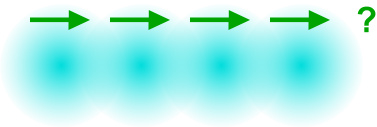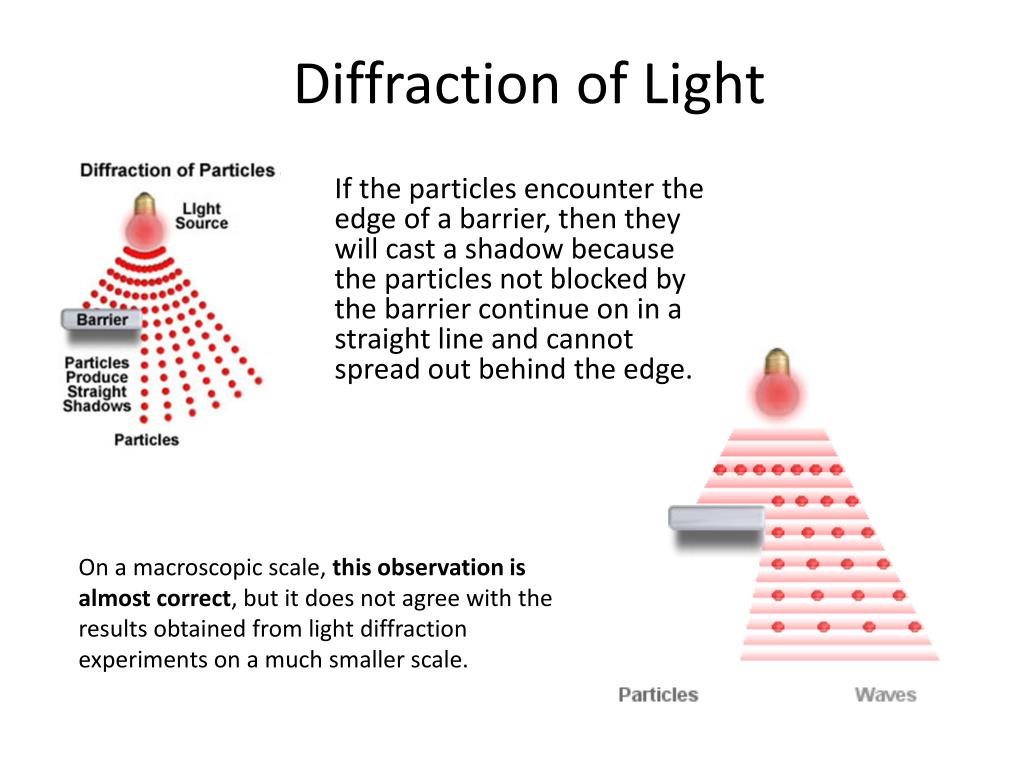
By considering the gap width, wavelength, wavefront shape, obstacle size, and distance, we can predict and analyze the diffraction patterns observed in various situations, from bending light around corners to spreading sound waves through doorways. Understanding these factors helps explain the behaviour of waves when they encounter gaps or obstacles. Therefore, diffraction tends to be more prominent when the observer or the diffracting object is farther away from the source. As the distance increases, the spreading out of waves becomes more noticeable. Distance: The distance between the source of the waves and the diffracting object also affects diffraction.On the other hand, a larger barrier might cause less diffraction or even block the waves entirely. A minor block or opening allows waves to spread out more, resulting in a more pronounced diffraction effect. Obstacle Size: The size of the obstacle about the wavelength of the waves also influences diffraction.A curved wavefront, such as that produced by a spherical wave source, tends to diffract more around obstacles or through gaps. When the wavefront is a plane (flat), it diffracts differently than when it is curved. Wavefront Shape: The shape of the wavefront, which represents the crests or troughs of a wave, also affects diffraction.The gap size (compared to the wavelength) influences the extent of waves spread - Image Source: Save my exams. Sound waves are more likely to exhibit noticeable diffraction effects in everyday situations. Longer wavelengths, like those of sound waves, diffract more than shorter wavelengths, like those of light waves. Wavelength: The wavelength of the waves is another critical factor.The wave spreads through a narrow gap - Image Source: Save my exams.

A narrower gap allows waves to spread more, resulting in a more noticeable diffraction pattern. Significant diffraction occurs if the gap is narrower compared to the wavelength of the waves, such as light or sound waves.
#EXAMPLES OF DIFFRACTION OF LIGHT CRACK#
However, the diffraction effect becomes less pronounced if the crack is much larger or smaller than the wavelength.ĭiffraction is an essential concept in physics as it helps explain various phenomena, such as the spreading of sound waves around corners, the behaviour of light around obstacles, and the interference patterns observed in experiments involving waves.

Significant diffraction occurs if the opening or barrier is similar in size to the wavelength, causing a noticeable spreading of the waves.

The extent of diffraction depends on the size of the gap or obstacle relative to the wavelength of the waves. As a result, the waves "bend" and create a new wave pattern beyond the hole or barrier. This is spreading out because different parts of the wavefront experience different amounts of obstruction or interference as they pass through the gap or around the obstacle. Instead, they bend or "diffract" around the edges, spreading out of the wave pattern. When waves encounter an opening or the edge of a barrier, they don't simply stop or continue in a straight line. Diffraction of waves refers to the phenomenon where waves spread out and change direction as they pass through a gap or around an obstacle.


 0 kommentar(er)
0 kommentar(er)
